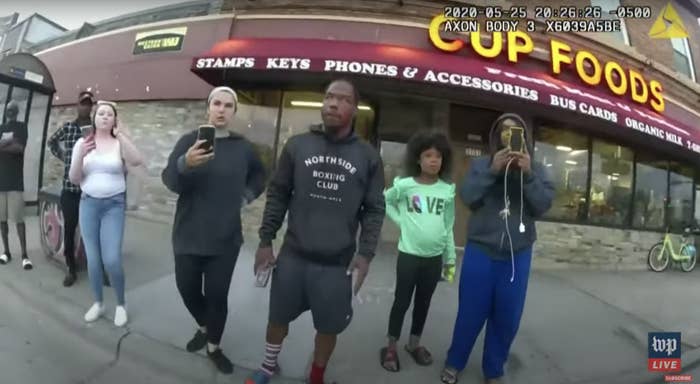
Four teenagers, a 9-year-old girl, a 61-year-old man, and an off-duty firefighter were among a group of bystanders who witnessed, with growing horror and distress, George Floyd take his last breaths under the weight of Derek Chauvin’s knee on May 25, 2020.
They are also the people whom Chauvin’s attorney, Eric Nelson, has repeatedly characterized as an “angry” crowd that became a growing “threat” to the four police officers, causing them “to divert their attention from the care” of Floyd. It’s a central argument in the former Minneapolis cop’s defense.
But hours of surveillance video, body camera footage, and cellphone recordings played in court during the first week of Chauvin’s murder trial tell a different story: The crowd wasn’t uncontrollable, but they were concerned that Chauvin was killing Floyd before their very eyes.
The witnesses testified this week that they complied with officers’ demands while pleading with them to check Floyd’s pulse. Many screamed at Chauvin to get off of Floyd. One witness who had a background in mixed martial arts told Chauvin he was cutting off Floyd’s oxygen supply and called him “a bum.” Another bystander, an off-duty firefighter, was so distressed with what she was seeing, she offered to take Floyd’s pulse herself.
Prosecutors argued that none of the bystanders attacked, threatened, or physically engaged with the officers at any point. A senior Minneapolis police official testified that the onlookers were not a threat to the officers.
Chauvin’s attorney has argued that the crowd distracted the officers, and suggested to witnesses during questioning that they were angry.
“It's fair to say that you grew angrier and angrier,” Nelson asked one witness, a Black man who was shoved by one of the officers during the incident.
“I grew professional and professional, I stayed in my body,” he responded. “You can’t paint me out to be angry.”
When Nelson asked the firefighter if she was upset or angry at the scene, she replied, "I don’t know if you've seen anybody been killed, but it's upsetting.”
Using security and cellphone footage shown in court, as well as testimony from the witnesses themselves, BuzzFeed News has pieced together a timeline of events as bystanders gathered at the scene and officers interacted with the crowd.
Charles McMillian, a 61-year-old Black man, had been driving his car and pulled over to watch two officers walk an already handcuffed Floyd to the squad car outside the Cup Foods store. He stopped to watch because he was “being nosy,” he testified.
McMillian, who was the first bystander at the scene outside Cup Foods at around 8:17 p.m., watched officers Alexander Kueng and Thomas Lane try to place Floyd into the squad car. He told the court that he kept pleading with Floyd to comply.
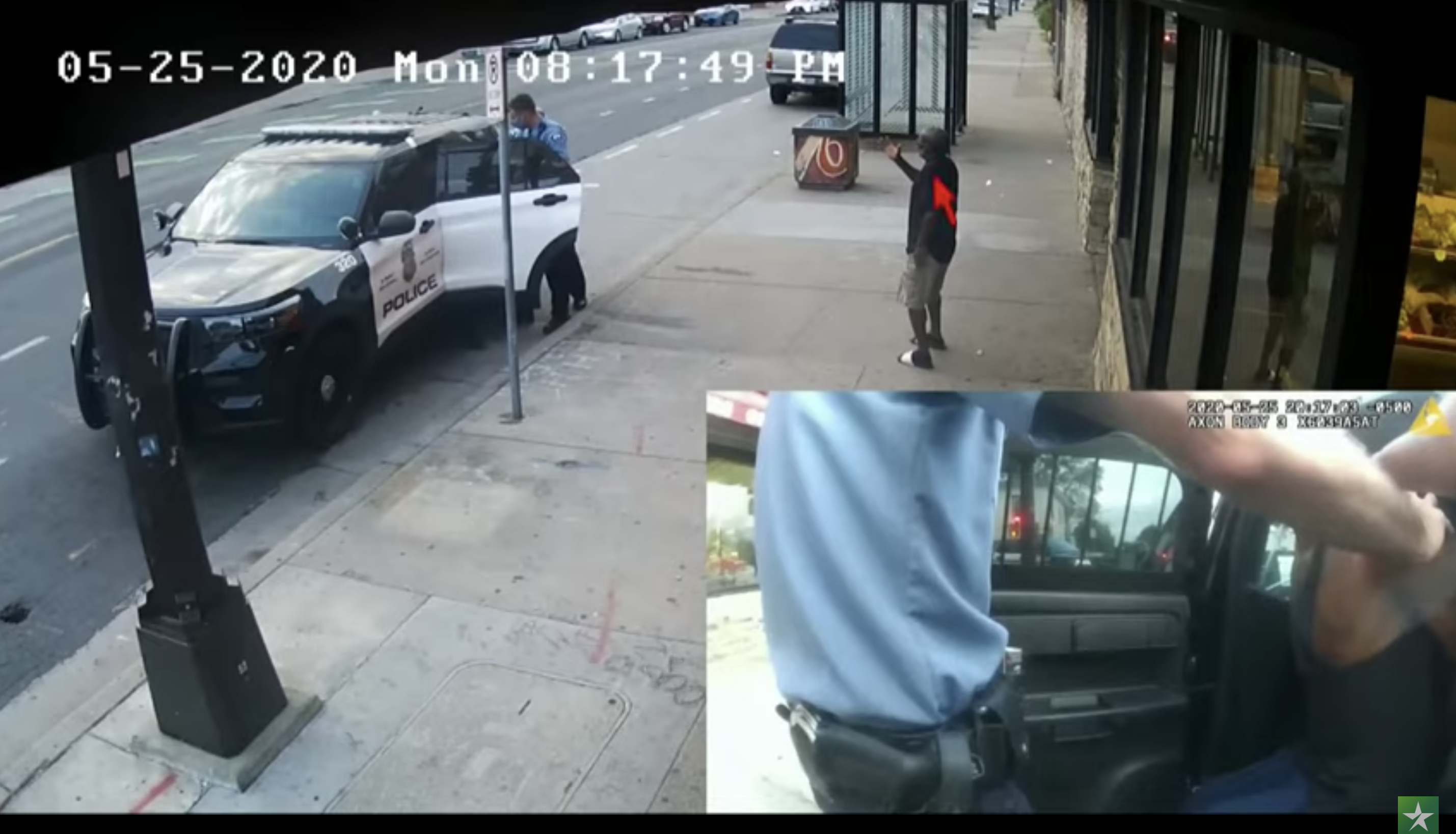
He did not record the interaction, but was seen and heard in security camera videos and body camera footage.
After Chauvin arrives to assist the other officers in restraining Floyd, McMillian is seen walking over to the passenger side of the squad car where, he testified, he saw Chauvin put his knee on Floyd’s neck while the other two officers pinned him down.
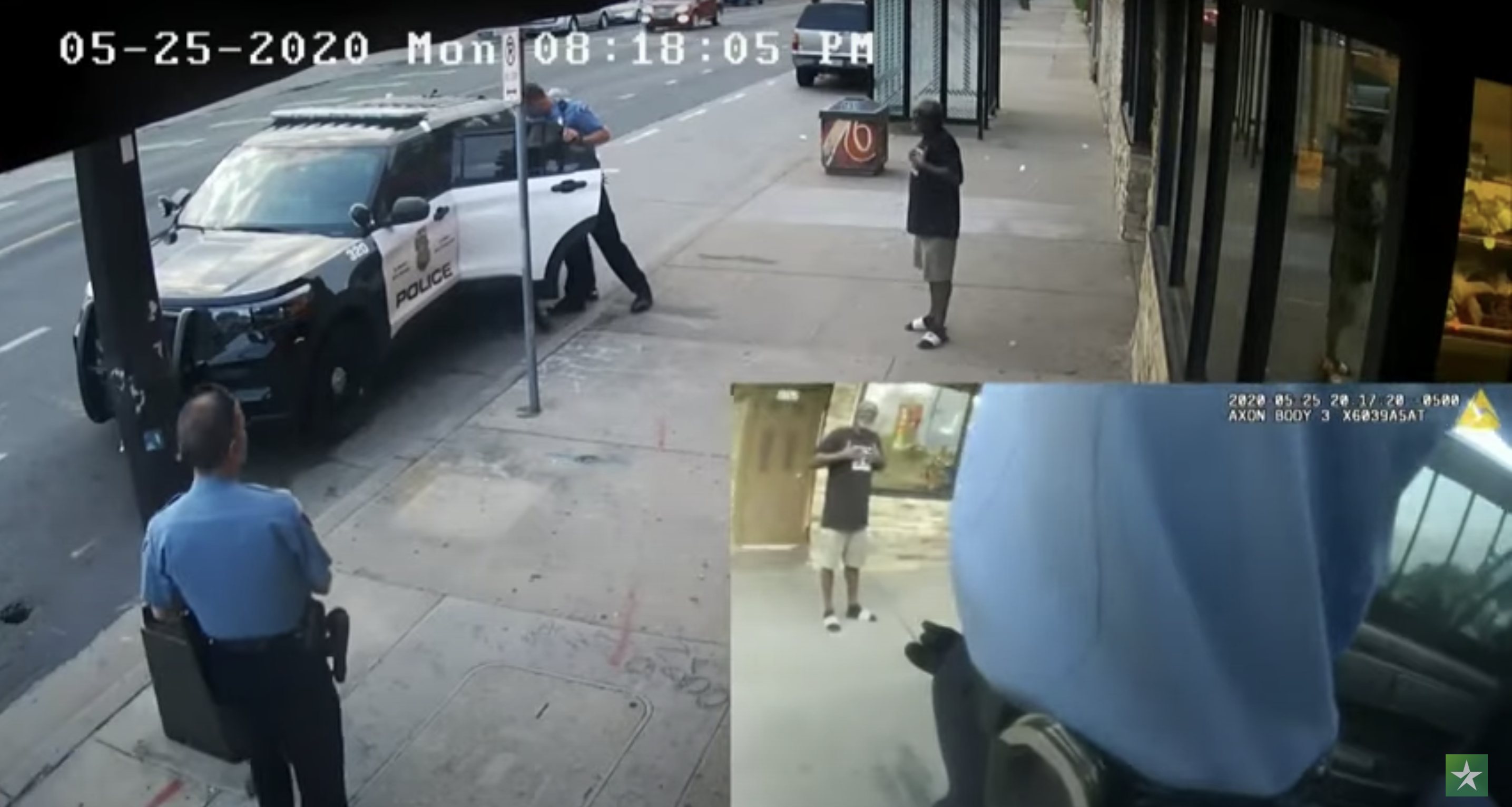
As McMillian watches, Darnella Frazier, in a black hoodie and blue pants, and her 9-year-old cousin Judeah Reynolds, in a green shirt with the word “LOVE” on it, walk past him toward the door of Cup Foods.
Frazier testified that she saw “a man on the ground” and “a cop kneeling down on him” as she approached the store. Frazier said she walked her cousin into Cup Foods but immediately came back out to see what was going on.
Frazier said she told Judeah to go in the store because she didn’t want her cousin to see “a man terrified, scared, begging for his life.”
At one point, McMillian, who appears to be distressed at witnessing Floyd screaming that he couldn’t breathe, turns his back on the scene and walks a little distance away.
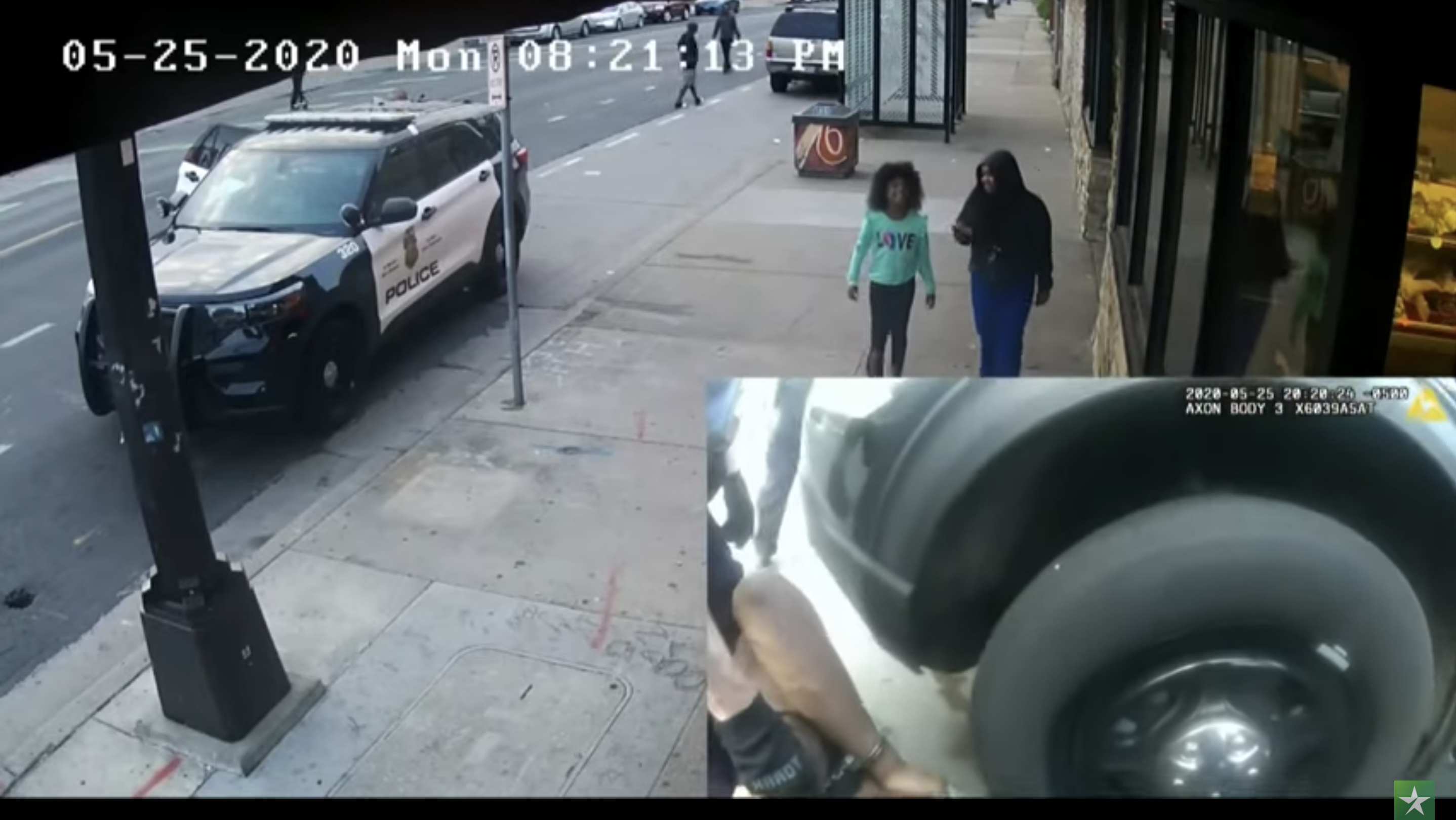
On the video, McMillian is heard repeatedly telling Floyd to get up off the ground and get in the police vehicle, saying, "You can't win, man."
McMillian broke down in court while watching the security camera and body camera footage of himself witnessing Floyd’s arrest.
Frazier, who was now standing on the sidewalk behind the police car, testified that she pulled out her phone to record what she was seeing.
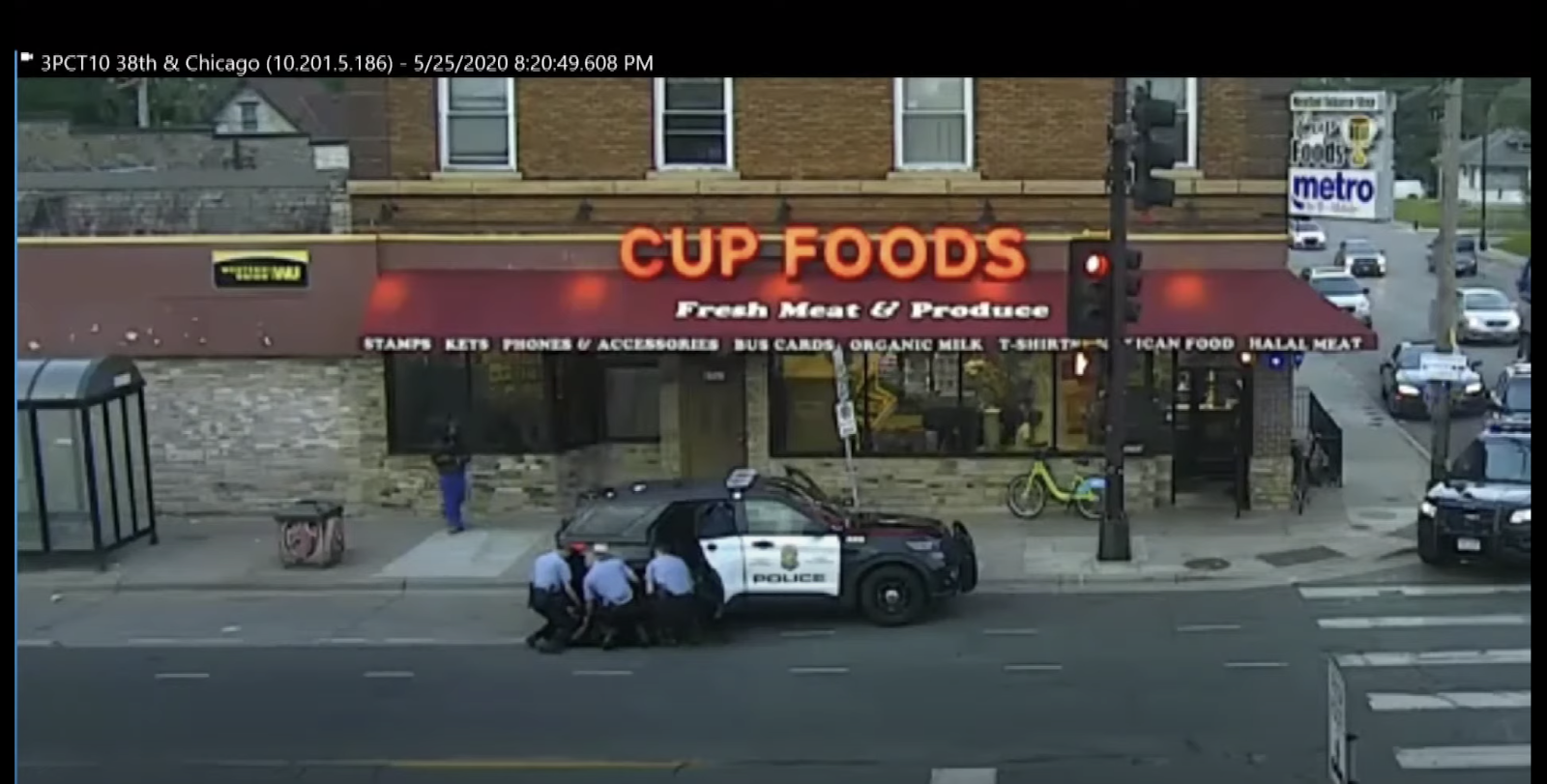
“I heard George Floyd saying, ‘I can’t breathe, get off of me, I can’t breathe.’ He cried for his mom. He was in pain,” she said. “It seemed like he knew it was over for him.”
Frazier said she was the first bystander to start recording what was happening. Frazier’s cellphone video of Floyd’s killing would later go viral and help spark a national reckoning around racial injustice and police brutality.
Within a minute of Frazier arriving at the scene, people started to gather on the sidewalk, she said, estimating that there were eventually about 12 to 14 people, including her cousin Judeah.
Around the same time Frazier arrived, then–17-year-olds Alyssa Funari and Kaylynn Gilbert, who were on their way to Cup Foods to buy an aux cord for their car radio, rounded the corner to look for parking, not far from the scene.
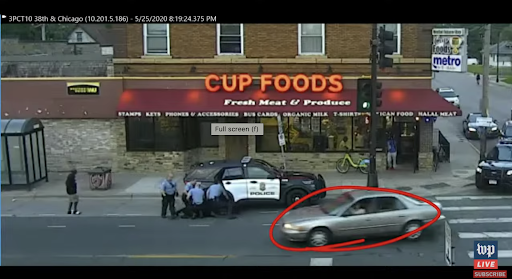
As Funari, who has since turned 18, approached Cup Foods, she said she saw four officers on Floyd and heard bystanders telling them to “let him up.” She said she soon started recording what she saw and Gilbert, who had initially stayed in the car, joined her on the curb.

Donald Williams II, a bystander who was among the loudest in the crowd, said that he parked near Cup Foods and noticed a police car outside the store.
A private security worker who has experience in wrestling and mixed martial arts, Williams testified that he heard several voices coming from near the squad car, including one calling out for their mother. He walked along the sidewalk to where a small group of people was standing.
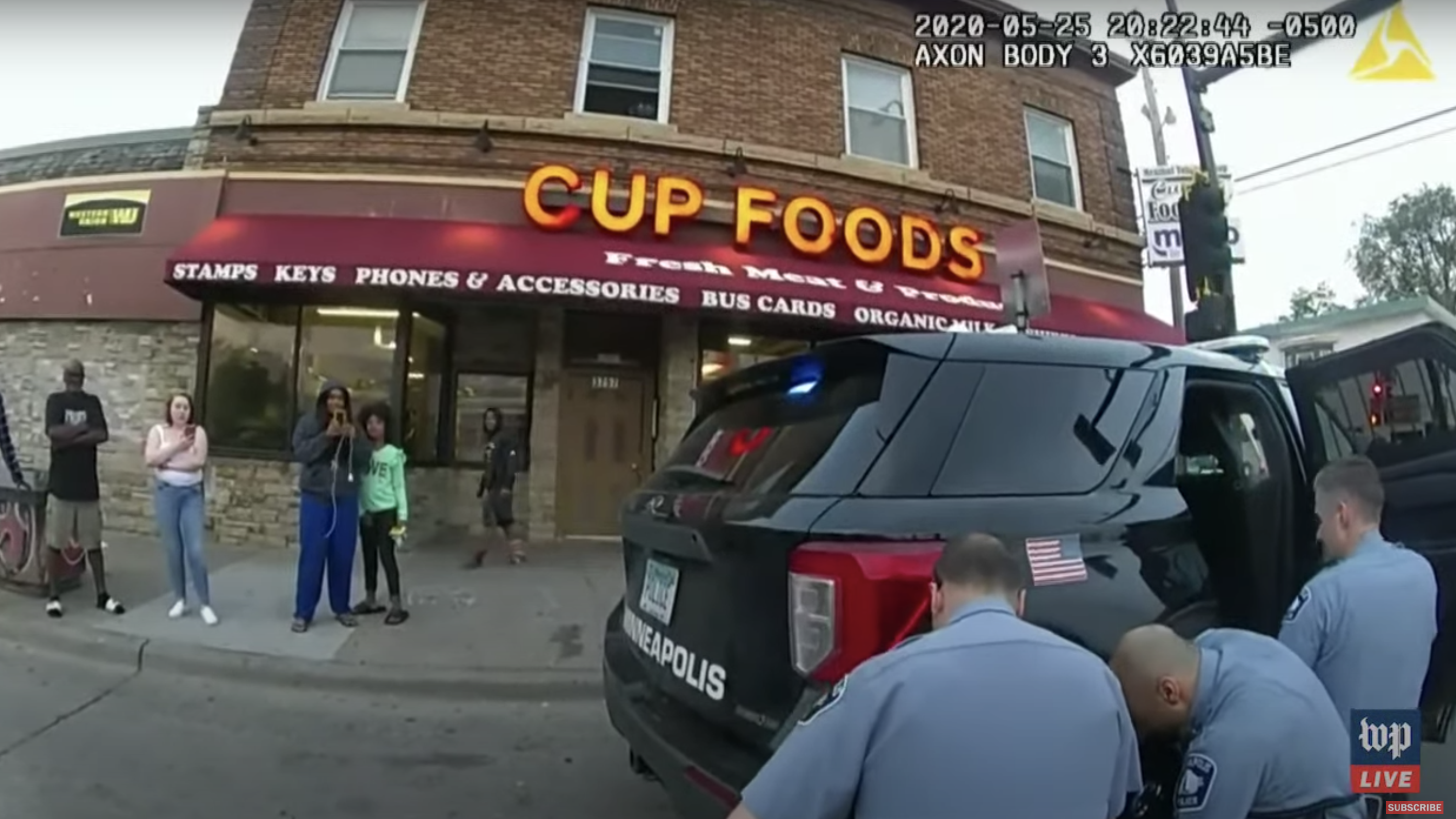
“I just sat there and chilled … observing like security officers do,” he said.
As he got closer, Williams said he heard an older man — who was later identified as McMillian — tell Floyd to stop resisting arrest while Floyd was “pleading for his life” and apologizing.
McMillian recalled that at one point he told the officers, "Man, let off of him — he can't breathe,” and one of them responded, "If he keeps talking, he can breathe."
When he approached the group, Williams said he noticed “right away” that officer Tou Thao was ordering the crowd to stay on the sidewalk. Williams said Thao “dictated what went on on the curb. He controlled the people, he controlled me.”
Funari also yelled at the officers to get off of Floyd. She is heard saying "What the fuck" at one point in the video because, she testified, she could hear "George crying."
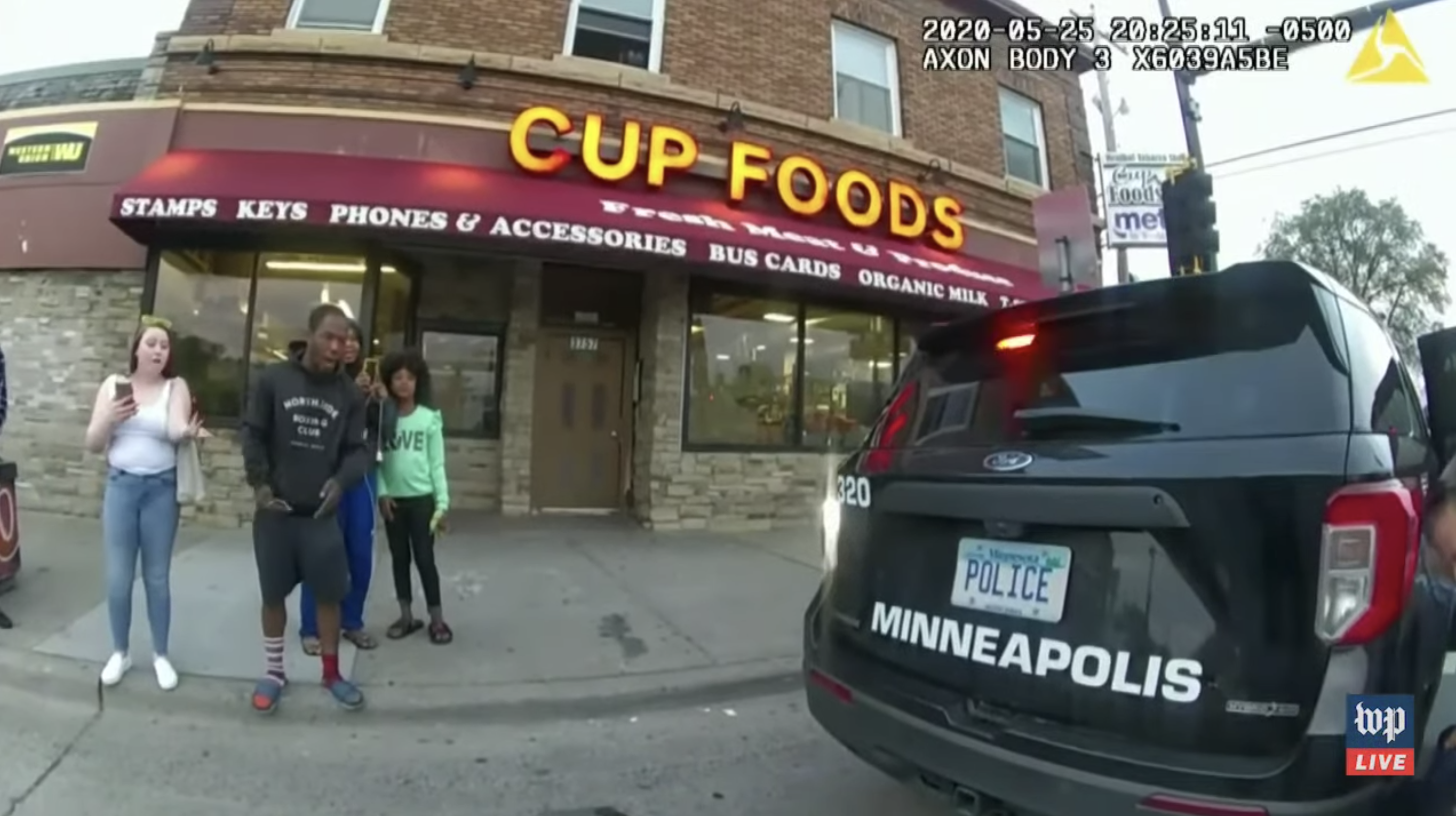
“He wasn’t able to breathe and I felt like they weren’t doing what they were supposed to be doing,” she testified.
Witnesses testified that Floyd became less vocal as time went on.
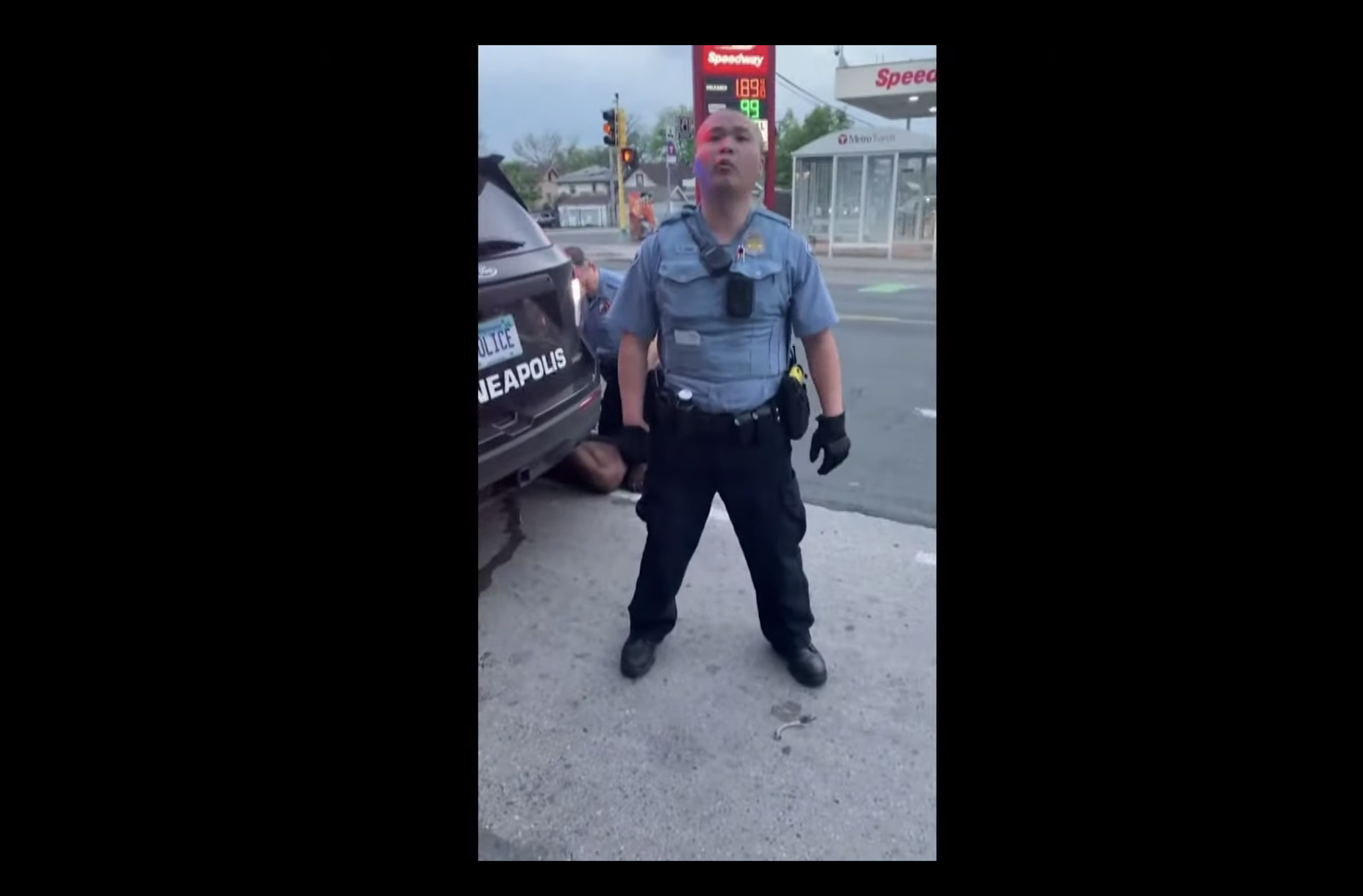
Floyd then becomes unresponsive, videos showed.
On her video, Funari is heard telling the officers that Floyd is “not talking now” and that “he’s about to knock out.”
She testified that she could see Floyd was “going unconscious and his eyes were starting to roll to the back of his head and saliva was coming out of his mouth.”
At around 8:25 p.m., footage shows Genevieve Hansen, a Minneapolis firefighter who was off duty at the time, walking across the street to where Floyd and the officers were.
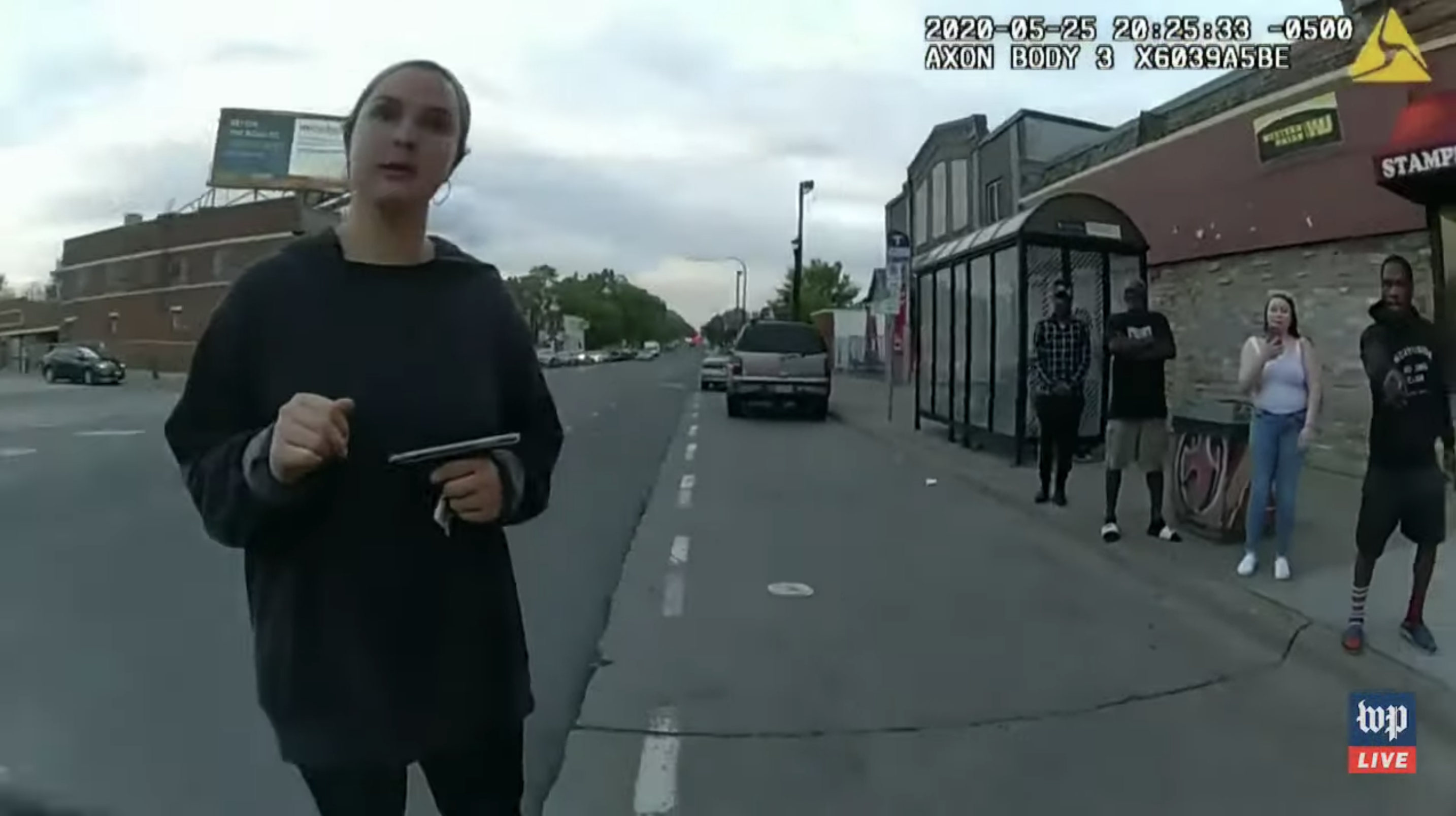
Hansen testified that she was on a walk that day when she heard a woman “screaming that they were killing him.”
She crossed the street because she was concerned by the sight of "a handcuffed man who was not moving with officers with their whole body weight on his back and a crowd that was stressed out."
Hansen is heard in videos telling Thao she’s a Minneapolis firefighter and repeatedly demanding that the officers check Floyd’s pulse or begging them to let her check it. She testified that one of the officers responded "something along the lines of ‘If you really are a Minneapolis firefighter, you would know better than to get involved.’"
Thao is heard telling her and Williams to get off the street and back on the sidewalk, and they are both seen complying.

Williams testified that Chauvin used a “blood choke” that cut off Floyd’s oxygen supply. As he watched Floyd gasping for air and “going through tremendous pain,” Williams said he tried to maintain his professionalism “and make sure that I speak out for Floyd’s life because I felt like he was in very much danger.”
Williams can be heard on videos shouting at the officers, calling Chauvin “a bum,” "tough guy," a "real man,” among other expletives, and telling him to stop choking Floyd. He testified that he was concerned Floyd was losing his life and felt like he had to speak up.
Funari testified that she also became increasingly worried seeing Floyd's physical condition deteriorate as Chauvin continued to press his knee into his neck.
"I knew that if he were to be held down much longer, he would not be alive," she said in court. "I knew time was running out, or it had already. He was going to die."
Frazier and Funari separately testified that they saw Chauvin press down harder into Floyd’s neck as the crowd called out to the officers and pleaded for Chauvin to stop.
Funari is heard on the video repeatedly asking for the officers’ badge numbers.
“At that point all I could do was catch what was going on in the camera and make sure I got everyone there,” she testified. “I almost walked away at first because it was too much to take in. But I knew it was wrong and I couldn’t walk away even though I couldn't do anything about it.”
Several bystanders testified that the officers would not let anyone near Floyd and that anytime someone moved close, Thao and Chauvin would “put their hand on their mace.”
Christopher Martin, a 19-year-old Cup Foods employee, heard commotion outside the store and went to see what was happening. Earlier, Martin had sold Floyd a pack of cigarettes and reported to his manager that Floyd had used a fake $20 bill. He had unsuccessfully tried to convince Floyd to come back to the store and his manager directed another employee to call 911.
In Cup Foods security footage, Martin, wearing a gray hoodie, is seen standing near the door, away from the crowd at first.
He said he used his phone to first call his mother, whom he lived with above Cup Foods, and told her not to come downstairs. He then began recording the incident on his phone, but testified that he deleted the video later that night because he didn’t want anyone to see it or be questioned about it.
As he approached the group, Martin recalled seeing Floyd look "motionless" and "limp" with Chauvin's knee still on his neck. The ambulance was at the scene at this point.
Martin stopped recording when one of his coworkers, a teenager in a white T-shirt and black shorts, was pushed by Thao. He said the coworker, like other onlookers, was yelling at the officers to check Floyd’s pulse.
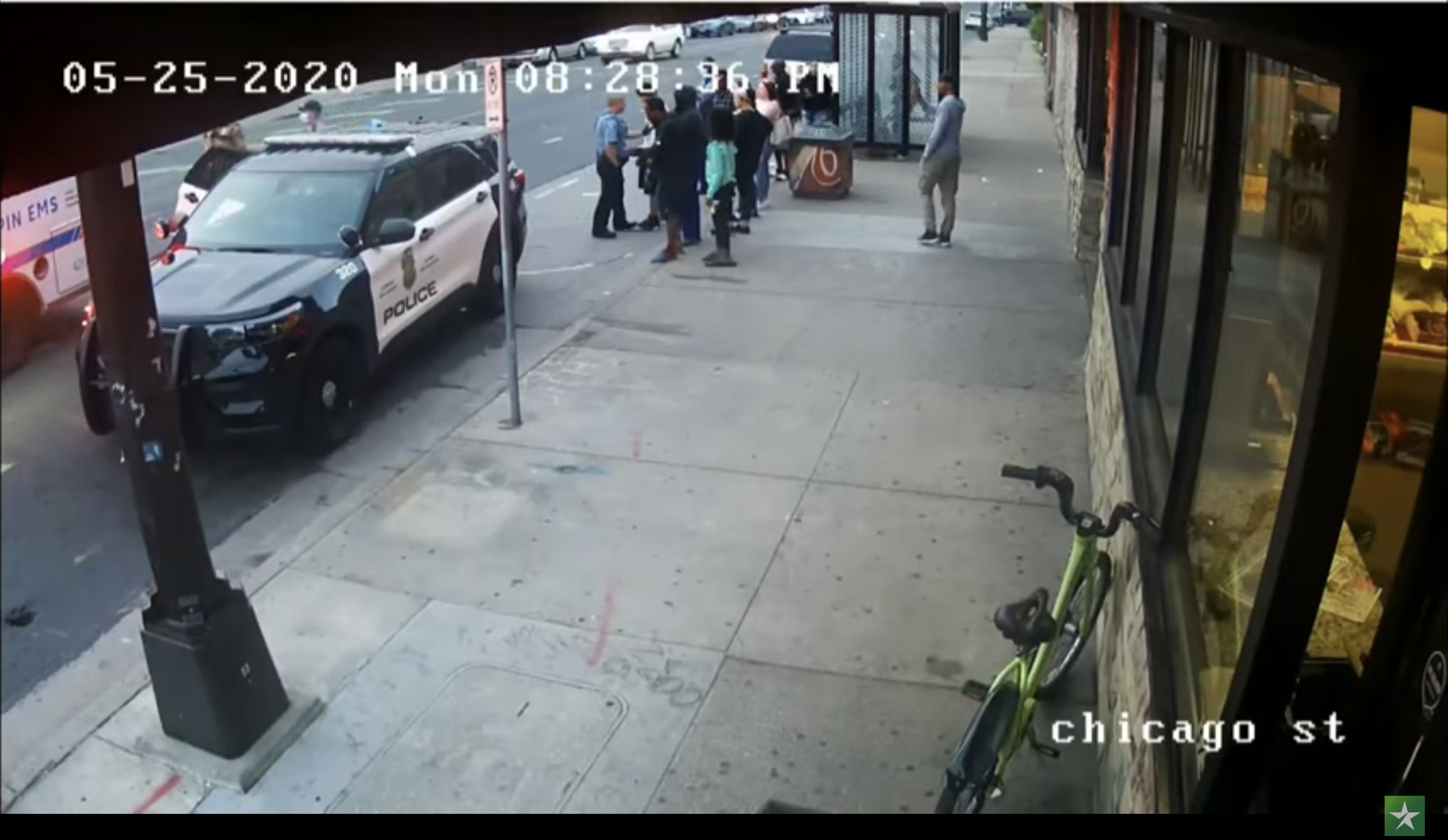
Martin said his other coworkers took the teen back to the store as Martin told him to “chill out.”
Martin is seen putting his hands on his head in the security video, describing himself in court as being “emotional.” He said he was feeling “disbelief and guilt” at the time.
“If I would’ve just taken the bill, this could have been avoided,” he said.
Frazier said a paramedic checked Floyd’s pulse while Chauvin’s knee was still on his neck. “His knee was still there even when they came, even at the end. Even unresponsive,” Frazier said.
The paramedic testified that he suspected Floyd was dead as soon as he arrived at the scene.
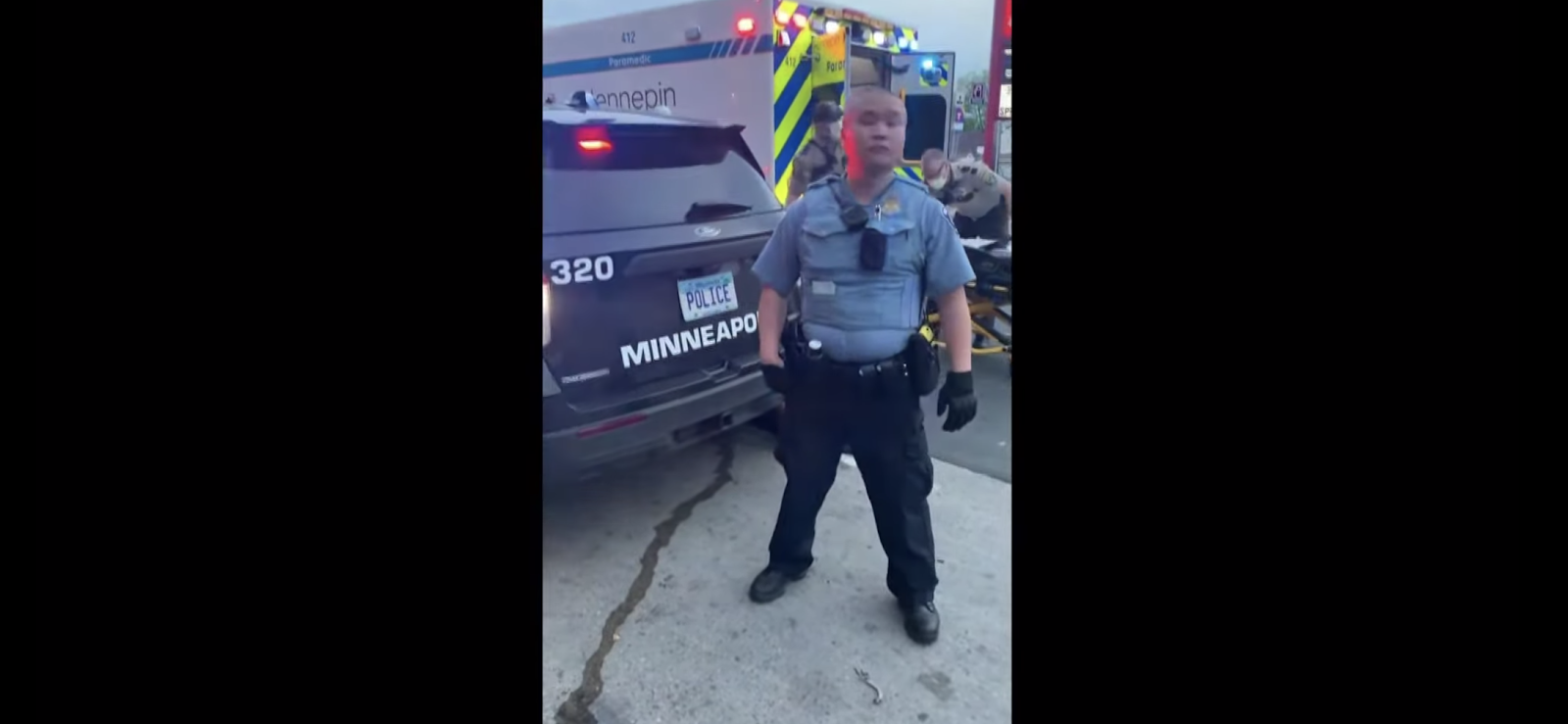
Video shows Chauvin taking his knee off Floyd’s neck as the paramedics gesture for him to get off before placing Floyd on the stretcher, and Hansen is heard shouting at the officers, “I’m a first responder from Minneapolis. The fact that you guys aren’t checking his pulse and doing compressions if he needs them, you guys are on another level.”
Hansen testified that she was “desperate to help” and frustrated that police prevented her from doing so.
Williams said he later stepped off the curb with his cellphone and Thao placed a hand on his chest and pushed him. Williams said he swiped Thao’s hand away because he felt threatened, then put his hands up, stepped back on the curb, and made “no further moves” toward Thao.
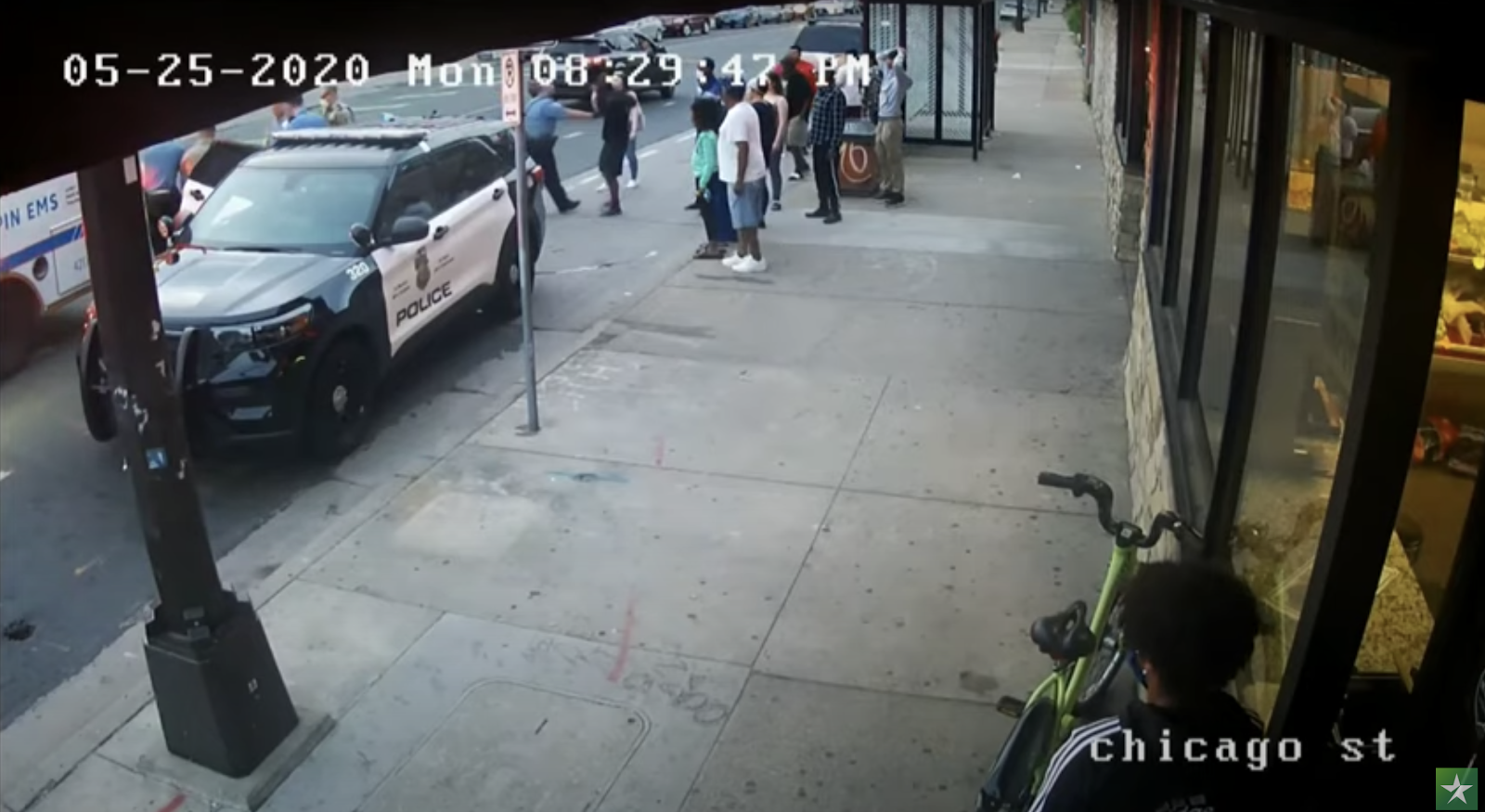
While cross-examining Williams in court, Nelson asked him, “Do you recall saying, ‘I dare you to touch me like that, I swear I’ll slap the fuck out of both of you’?”
“Yeah, I did. I meant it,” Williams replied. Apart from swiping Thao’s hand away, Williams did not physically engage with the officers at any point.
Martin said after he saw Thao pushing Williams, he tried to calm Williams down and hold him back.
Nelson, Chauvin’s defense attorney, asked Martin if Williams “appeared to be pretty angry” and whether Martin “held him back because you did not want him to get involved.”
Martin replied, “Not necessarily angry, but he had just been pushed so he was kinda defending himself.”
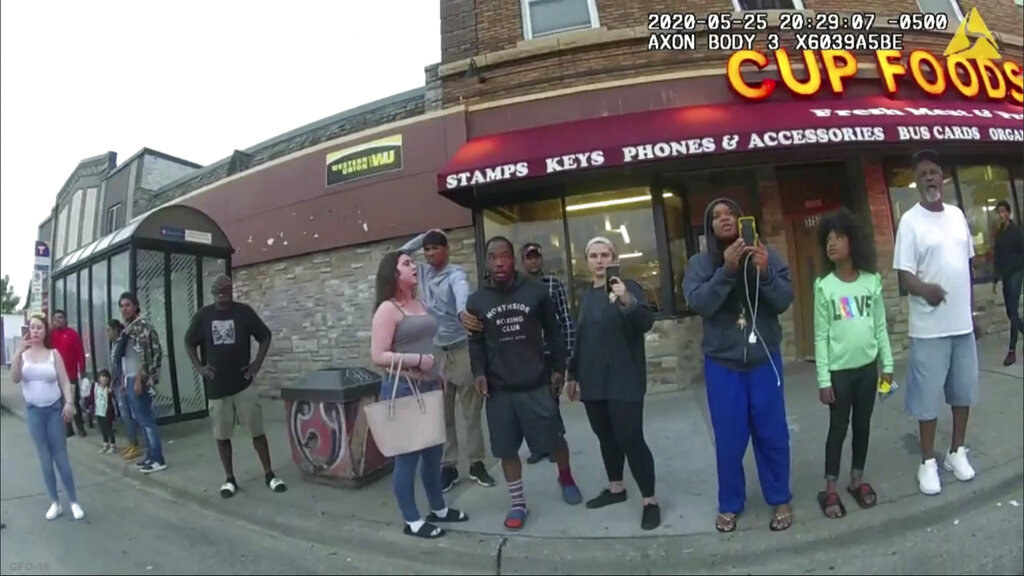
After the ambulance transported Floyd from the scene, security camera footage shows McMillian having a brief conversation with Chauvin, who was getting into a police car.
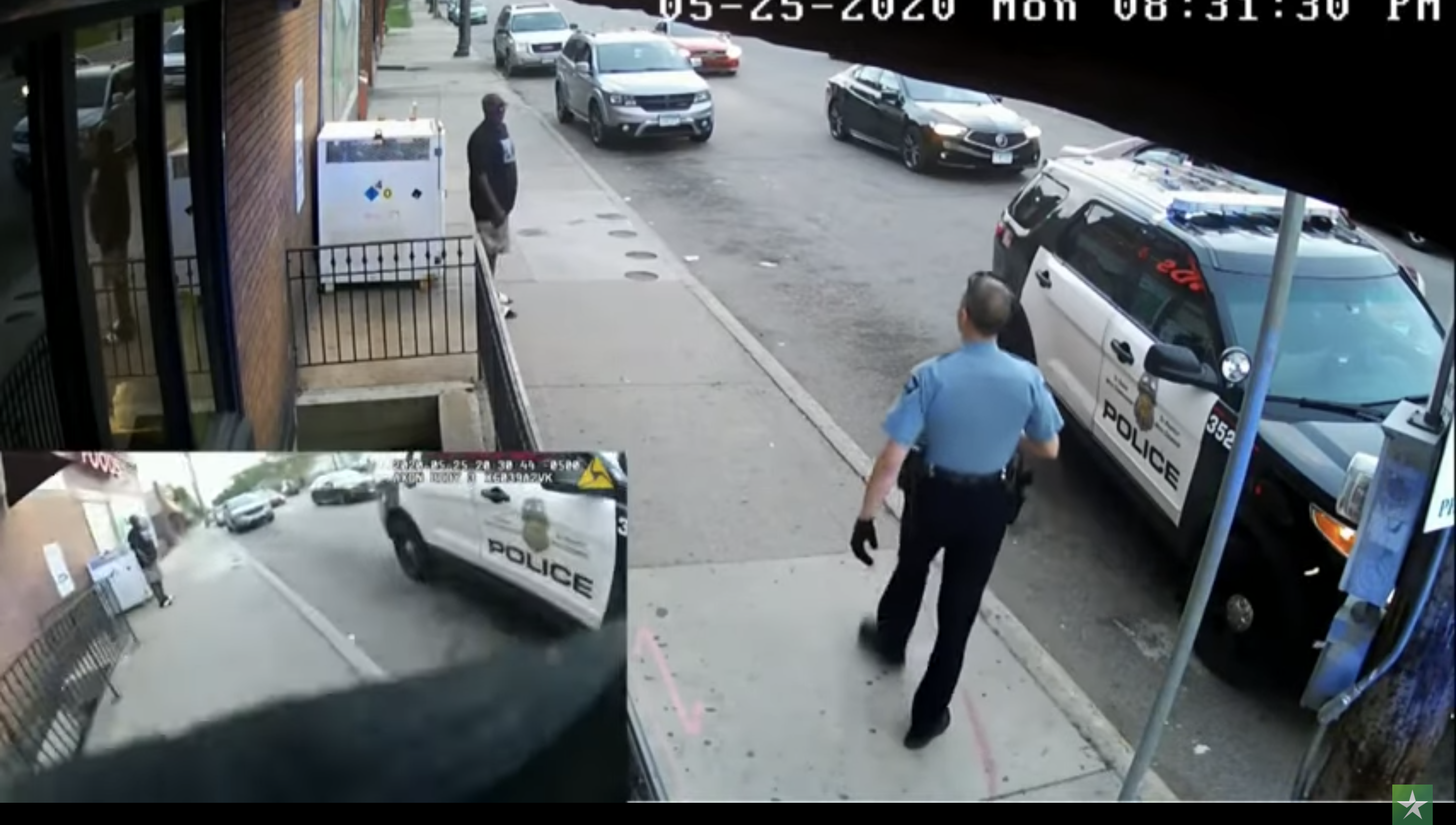
In court, McMillian recalled telling Chauvin that what he had done to Floyd was wrong. Chauvin is heard on the video telling McMillian, "That’s one person’s opinion. We gotta...control this guy because he’s a sizable guy, looks like he’s probably on something.”
Williams testified that he did not see any of the bystanders threatening the officers when he was there. Frazier, who said she was at the scene the whole time as bystanders gathered, said she did not see anyone do anything to attack or threaten Chauvin, and the crowd was not unruly.
When prosecutor Jerry Blackwell asked if she had seen any violence at the scene, Frazier responded, “Yes, from the cops. From Chauvin and from officer Thao.”
“Did you see a single thing that indicated to you that Mr. Chauvin was afraid of you, your little cousin, or a single one of the bystanders?” Blackwell asked.
“No,” she replied.
Funari was asked why she and other bystanders became “angry” at the scene.
“I was upset because as bystanders, there was nothing we could do except watch them take this man’s life in front of our eyes,” she said.

